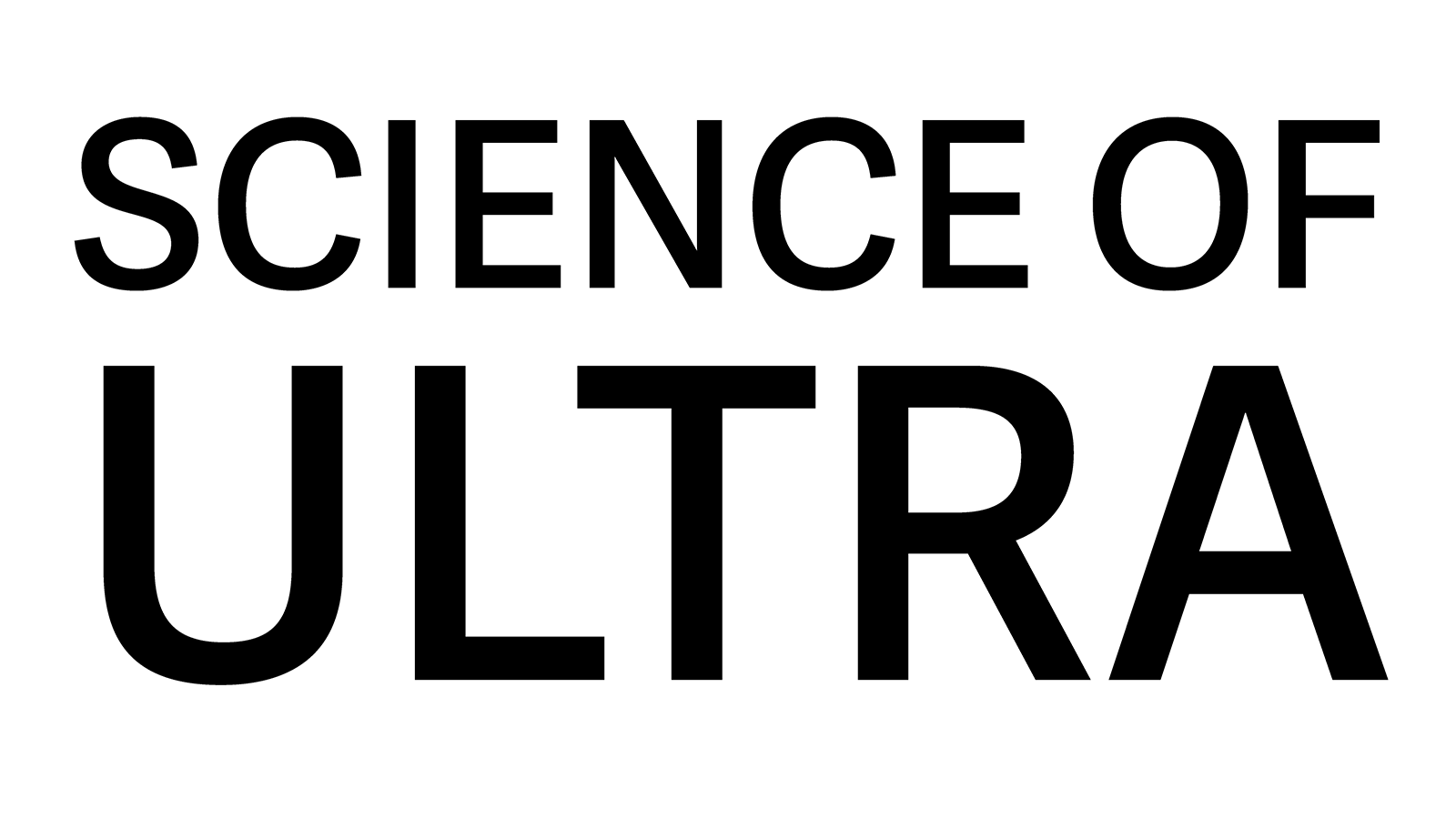WUT Is Your Hydration Status?
FIRST THING IN THE MORNING, AS SOON AS YOU WAKE, CHECK YOUR WUT STATUS TO ESTIMATE YOUR OVERALL HYDRATION LEVEL.
If you experience one of these (lower weight, thirst, dark urine), then you might be dehydrated; two means you are likely to be dehydrated, and all three means that you are very likely to be dehydrated.
WUT is a device designed to simplify self-monitoring of day-to-day hydration status. The concept for WUT is based on sound scientific principles of hydration assessment and requires nothing more than a body-weight scale. If adherence to fluid intake recommendations does not remedy suspected dehydration using “WUT,” then more objective measurement outcomes, such as plasma osmolality or urine osmolality, should be used to confirm dehydration.
W is for “weight.” Athletes should maintain a day-to-day stable body weight when measured first thing in the morning so long as they have free access to food and beverage and replace sweat lost during exercise in accordance with fluid intake recommendations. Day-to-day body weight losses in excess of 1% may be an indication of dehydration. This is a day-to-day loss of 1 lb (0.45 kg) for an athlete who weighs 100 lb (45.5 kg), 2 lbs (0.91 kg) for an athlete weighing 200 lb (91 kg), or 3 lbs (1.4 kg) for an athlete weighing 300 lb (136.4 kg). Combine body weight information with thirst or changes in urine (see Venn Diagram) to be more certain.
U is for “urine”. It is normal to produce more urine when body water is high and less urine when body water is low. Therefore, urine volume is generally more related to body water or hydration level than to drinking pattern. So if sweat losses are high, less urine may be produced despite normal or even increased fluid intakes. Low urine production can cause it to be more concentrated and a darker color. A reduced daily urine frequency and darkening of urine color in a sample taken during the first urination of the morning may be an indication of dehydration. Combine urine information with information on thirst or body weight (see Venn Diagram) to be more certain.
T is for “thirst”. The absence of thirst does not indicate the absence of dehydration. However, the presence of thirst is an indication of dehydration and the need to drink. Therefore, if thirst is present, combine that with urine or body weight information (see Venn Diagram) to be more certain.
*This device was developed by Drs. Cheuvront and Sawka of the U.S. Army Research Institute of Environmental Medicine and published in the Gatorade Sport Science Institute Sports Science Exchange 97, portions of which were excerpted to create this document. Dr. Cheuvront was Science of Ultra podcast guest for the starter series on hydration (episodes 4 & 7, where he and Dr. Kenefick talked about this tool.

